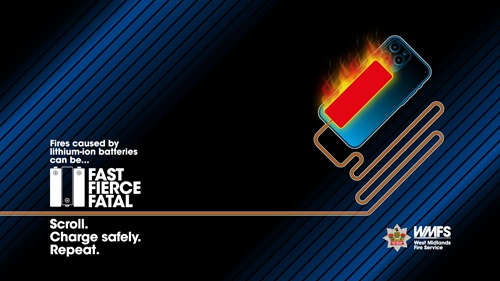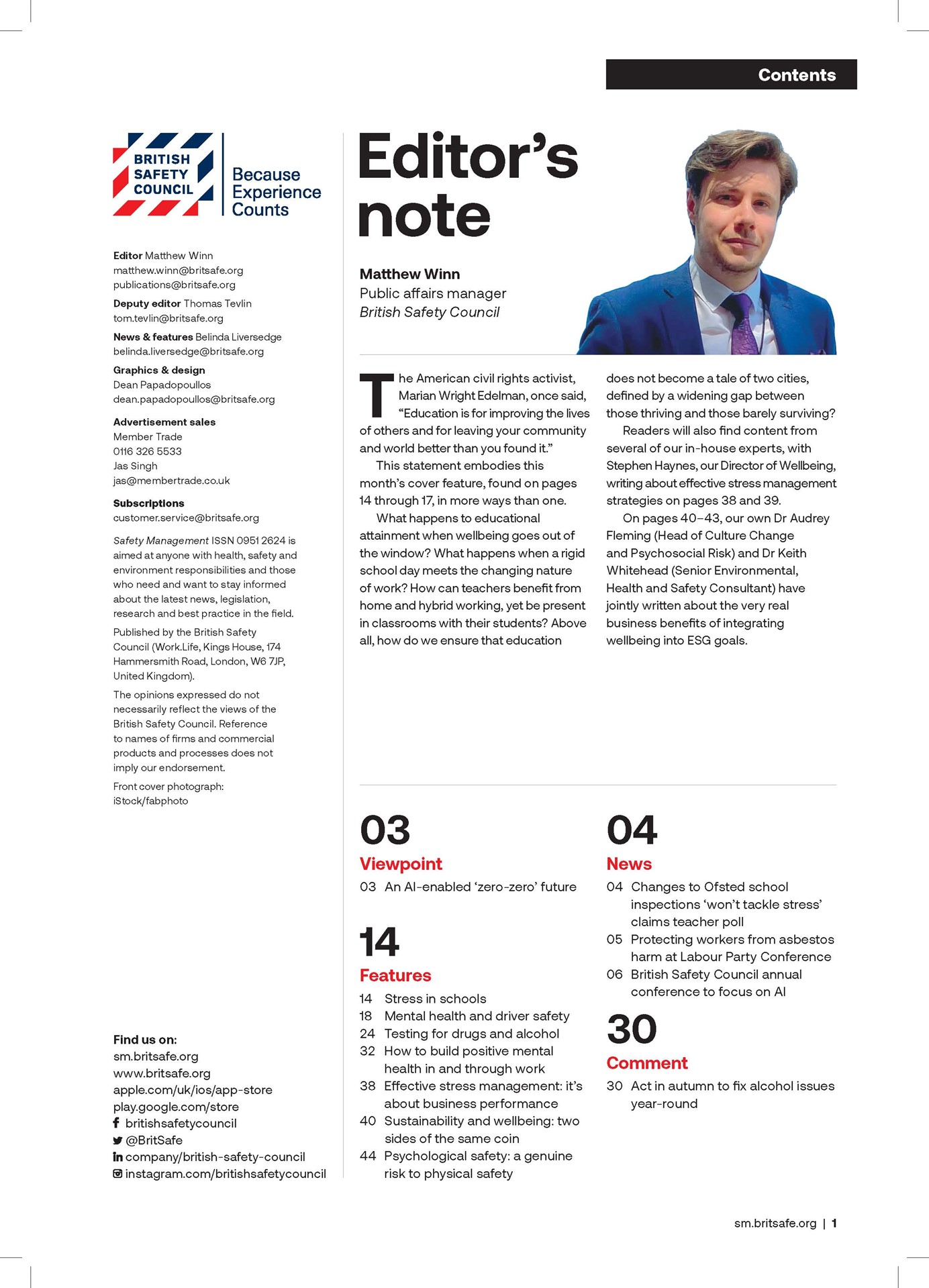UK fire brigades are now tackling at least three lithium-ion battery fires a day, following a 93 per cent surge between 2022 and 2024, according to research from business insurer, QBE.
News
“People need to understand the risks”: Insurance firm urges caution amid surge in lithium-ion battery fires
Data collected by QBE from Freedom of Information (FOI) requests to UK fire services in March 2025 suggests e-bikes are a major contributor, being linked to almost a third (27 per cent) of all recorded lithium-ion battery fires in 2024.
Fires involving e-cars were also high, at 232 fires in 2024, a figure which rose by 77 per cent compared to 2022 figures. The risk from EV fires is substantial due to their fire intensity and speed of ignition and spreading caused by lithium-ion batteries.
E-bikes accounted for 362 fires in 2024, double from 181 in 2022. It means the nation’s fire services tended to an e-bike fire almost every day last year.
 The insurance firm QBE is calling for safer practice around the use and purchase of lithium-ion batteries as e-bike fires double in two years. Photograph: iStock
The insurance firm QBE is calling for safer practice around the use and purchase of lithium-ion batteries as e-bike fires double in two years. Photograph: iStock
Lithium-ion batteries can be found in most rechargeable devices, including smartphones, laptops, power tools and e-vehicles.
QBE is calling for improvements to lithium-ion battery safety as the fires burn hotter, faster and behave more unpredictably than ordinary combustion fires, increasing the risk of injury to people and damage to property. In addition, they say that many people still do not know how to manage these emerging technologies and devices safely in their homes or businesses.
Adrian Simmonds, practice leader for property risk solutions at QBE Insurance commented: “Lithium-ion battery fires continue increasing at a worrying pace. These fires burn differently, they take longer to tackle, typically need ten times more water to put out and are often more harmful to the surrounding environment. People need to understand the risks and how to deal with them.”
Stipulations on how goods are marketed in the UK are currently being debated in Parliament as part of the Product Regulation and Metrology Bill. However, in the latest reading, Conservative Peer Lord Lansley, complained that the Bill “does not mention product safety”: “It does not say that products should be safe, even though it repeals and replaces Section 11 of the Consumer Protection Act 1987.”
Simmonds backed tougher regulations, but in the meantime, the public and businesses should take precautions: “Consumers should purchase e-bikes and e-scooters from reputable companies, so retailers that show they take quality and compliance seriously with a genuine CE mark. Raising awareness around safe charging, use and disposal of lithium-ion batteries is critical to keeping people and property safe.”
QBE made an FOI request on 3 March 2025 to 50 UK fire services, receiving data from 42 of them as at 7th May 2025.
In February, British Safety Council published an introductory guide for employers on managing the risks from lithium-ion batteries, recognising the challenges posed by the storage and charging of lithium-powered e-bikes and e-scooters in the workplace.
QBE’s recommendations for managing lithium-ion batteries at home:
- Buy certified devices from reputable retailers.
- Check for battery damage after impacts or accidents.
- Use only the original charger provided with the device.
- Plug into outlets with circuit breakers.
- Charge in well-ventilated, outdoor areas away from combustible sources (for example, barbecue gas cylinders).
- Avoid charging in escape routes like hallways for apartment buildings.
- Indoors, charge in low-risk areas (such as kitchens with smoke detectors) away from combustibles.
- Install smoke or heat detectors where devices are charged.
- Don’t charge unattended or while sleeping.
- Unplug devices when charging is complete.
 A sign in an apartment in Brooklyn, New York stresses safe charging of occupants' e-bikes and other vehicles. Photograph: iStock
A sign in an apartment in Brooklyn, New York stresses safe charging of occupants' e-bikes and other vehicles. Photograph: iStock
QBE’s recommendations for managing lithium-ion batteries as a business:
- Buy certified devices from reputable suppliers only.
- Inspect batteries regularly for swelling, dents, or damage—dispose of damaged ones safely via professionals.
- Store batteries safely in non-combustible, ventilated areas with proper spacing.
- Use approved chargers and charge only during business hours.
- Keep ignition sources away from charging or recently used batteries.
- Avoid extreme conditions like heat, cold, moisture, or stacking heavy items on batteries.
- In case of fire or overheating, evacuate immediately and call emergency services—do not use fire extinguishers.
- Use infrared (IR) thermography to monitor for temperature spikes indicating battery issues and triggering an emergency response.
- Have an emergency response plan in place and train all staff before allowing batteries on-site.
- Recycle responsibly—never open, incinerate, or destroy batteries. Take batteries to certified recycling points or hazardous waste collection centres.
NEWS

Work more likely to impact on mental health for female workers, HSE stats suggest
By Belinda Liversedge on 03 December 2025
Female workers report significantly higher rates of stress compared to their male colleagues, HSE statistics show.

Fast. Fierce. Fatal. campaign highlights dangers of fires from lithium-ion batteries
By Belinda Liversedge on 26 November 2025
A campaign to highlight the dangers of fires caused by lithium-ion batteries has launched following an increase in one fire service’s callouts linked to fires caused by charging e-bikes and common devices.

Top jobs in safety in greatest demand right now, says recruiter
By Belinda Liversedge on 29 October 2025
Senior safety professionals who can influence culture, lead transformation, and align health and safety with wider business goals are in growing demand by employers, the recruiter Irwin & Colton have said.



